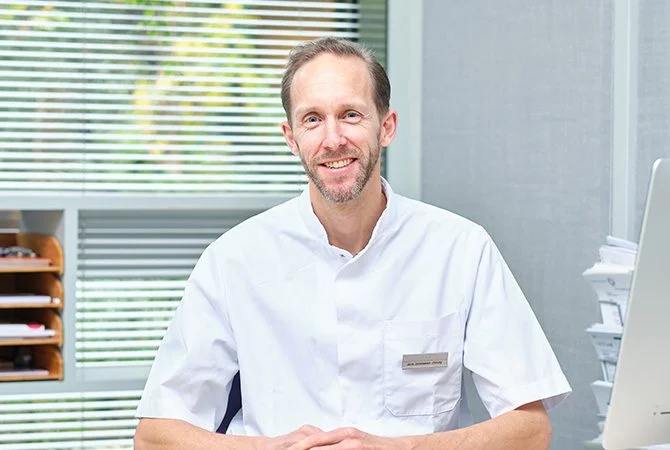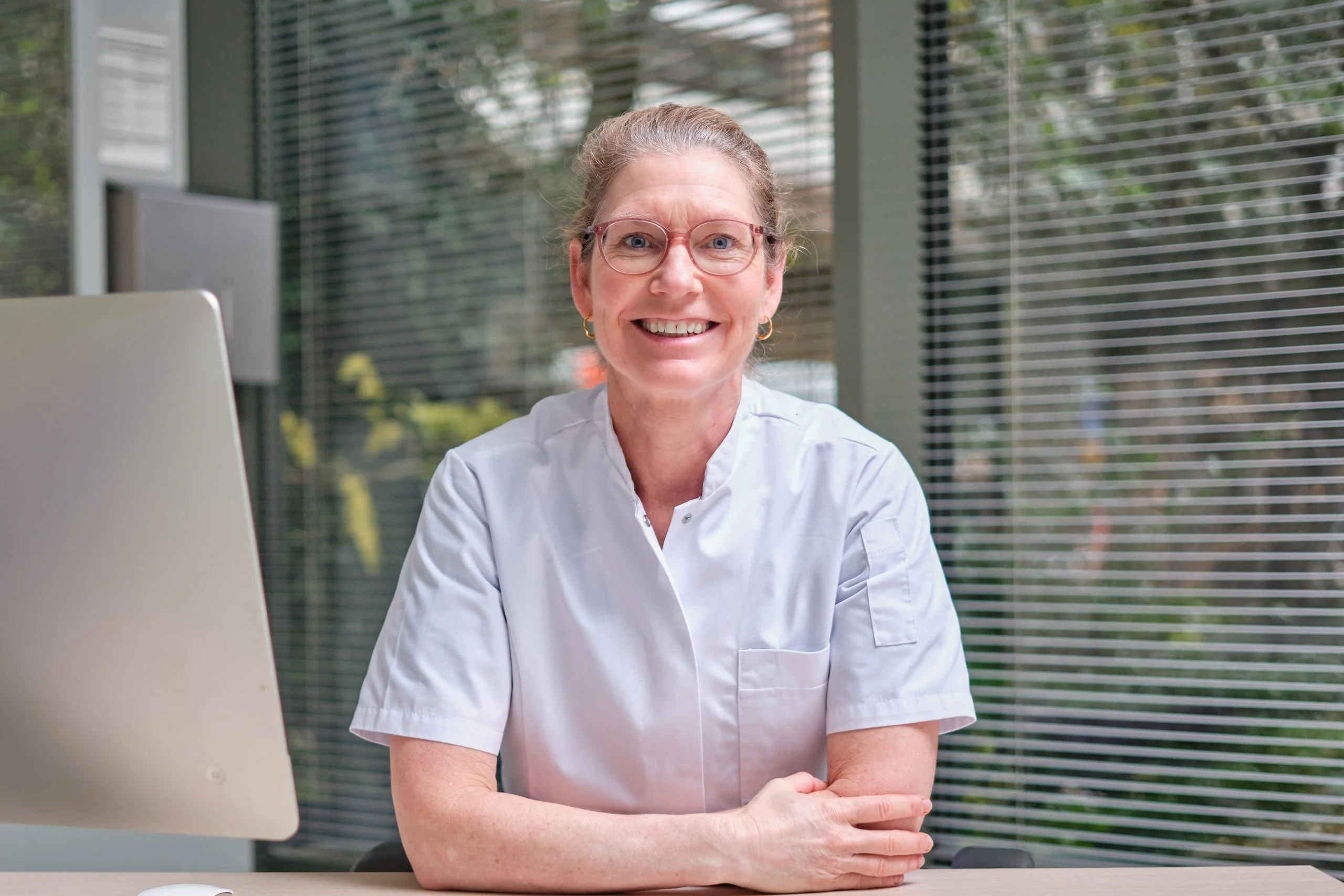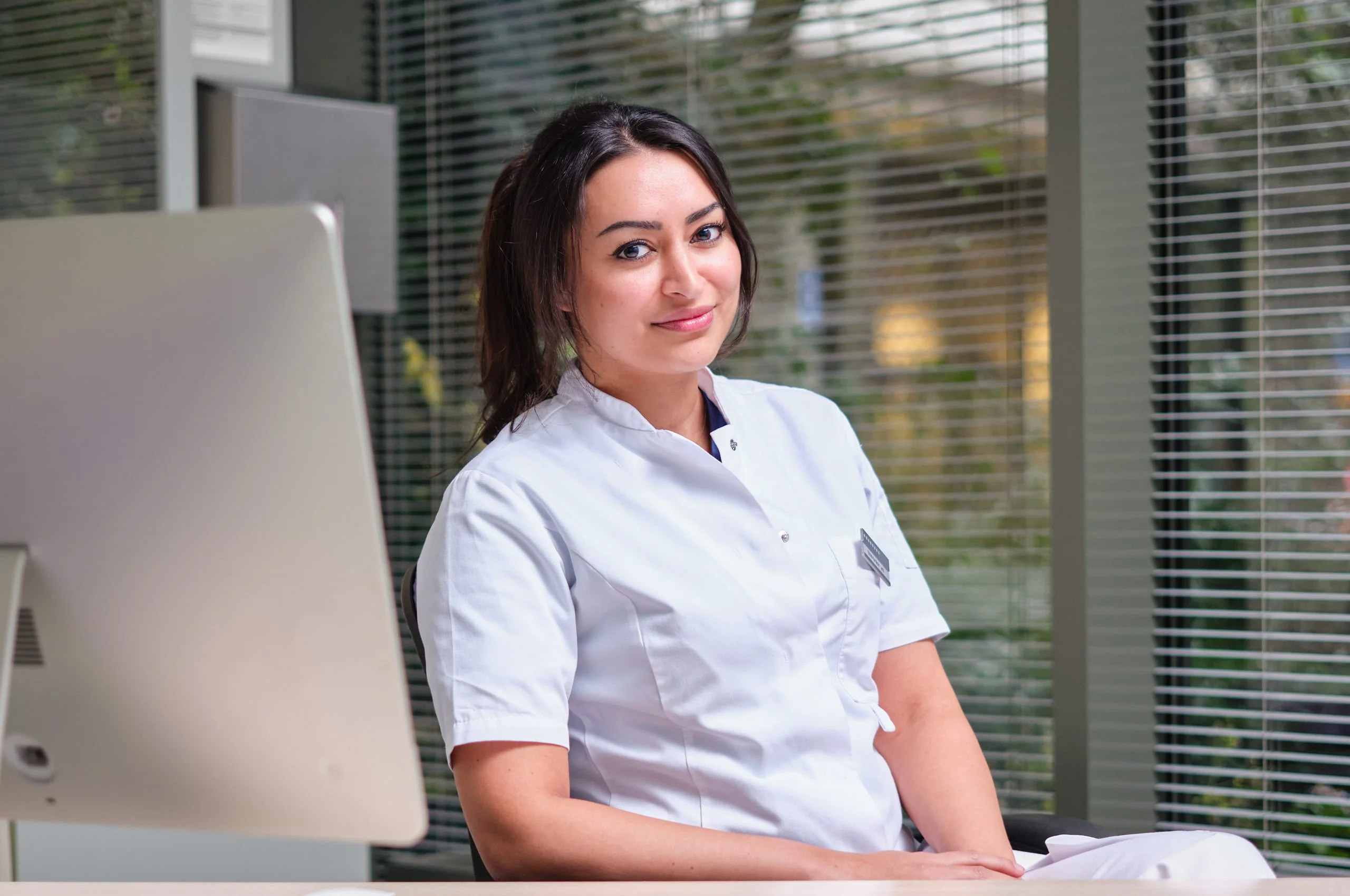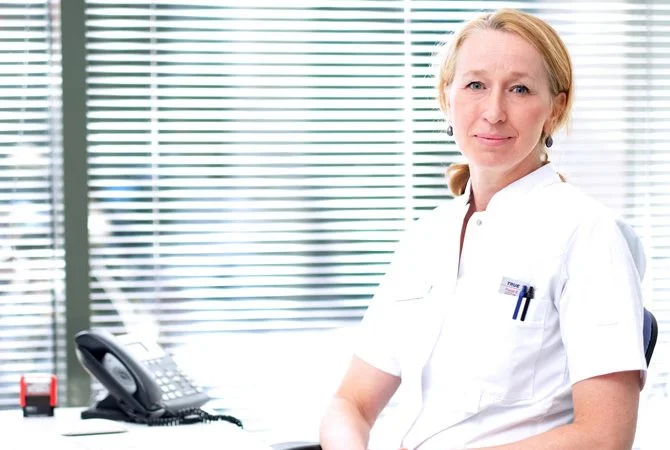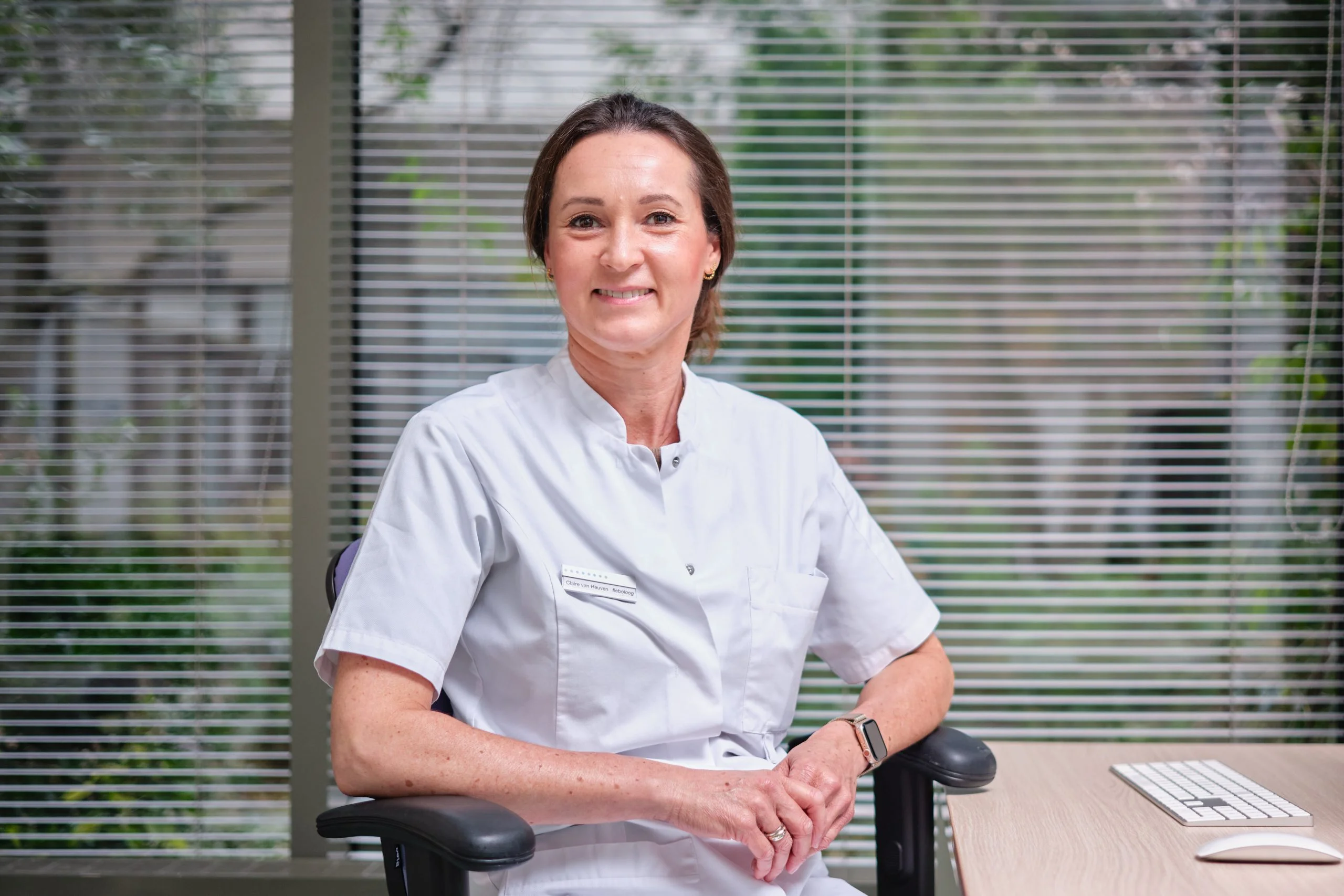What are varicose veins?
Varicose veins are small blue or red swollen veins on the legs. They are usually tiny, with a diameter of one millimetre or less (a.k.a. spider veins or thread veins), but they can also be larger. The tendency to get varicose veins is commonly hereditary and occurs more commonly in women than men (spider veins in particular). Varicose veins are not pretty and can lead to various problems in the long run: pain in the legs, cramps, swollen legs, skin problems or bleeding if you bump your leg. So, in many cases, varicose veins do cause medical problems. Tiny spider veins can also cause problems, for example, they may cause a painful or tender sensation in the legs. In treating varicose veins, attention should be given to both cosmetic and medical aspects as all patients would like to have pretty and healthy legs.
About the causes and consequences of varicose veins
In terms of their causes, varicose veins are classified into two groups: primary and secondary varicose veins. Most people have primary varicose veins. Primary varicose veins often have no clear cause and usually involve a tendency which also occurs in other family members. Probably as a result of this (genetically determined) tendency, the vein wall is slightly weaker and the tiny valves in the vein, which should transport the blood upwards, are less strong. Consequently, the blood in the veins is transported less easily, which may cause swelling of the veins. Certain factors, such as pregnancy or work that requires prolonged standing, may aggravate varicose veins.
Secondary varicose veins occur after a disorder such as thrombosis in the leg (blood clot). This occurs in a minority of people. There are varicose veins in all sizes, from tiny spider veins to large veins with a diameter of several centimetres. Not all veins are visible. Tiny spider veins often link up with larger veins beneath the skin which are not visible to the eye. These veins can also cause problems. When examining varicose veins, we therefore also perform an ultrasound duplex scan to examine the internal veins.
Treating varicose veins
The Wetering Medical Centre is specialized in treating varicose veins. We have a phlebology team consisting of two dermatologist, a phlebologist, a surgeon and two vascular laboratory technicians. The physicians gained experience in phlebology at various hospitals. Phlebology was also the subject of Dr Krijnen’s doctoral thesis. The physicians joined their expertise in this centre where the focus is on the patient and high quality care is provided by a permanent team of medical specialists.
Frequently asked questions about varicose veins
What is the cause of varicose veins?
Varicose veins can have several causes. The most common are hereditary predisposition, obesity, hormonal factors and pregnancy. Varicose veins are caused by changes in the inner wall of the veins (primary varicose veins). Sometimes varicose veins are caused by an underlying condition, such as thrombosis (secondary varicose veins).
What are symptoms of varicose veins?
The main symptoms of varicose veins are tingling, itching, pain, fatigue, clearly visible veins, fluid accumulation and heavy feeling in the legs, especially after standing for a long time. The moment you experience these symptoms, we advise you to visit a doctor.
What happens if you do not have varicose veins treated?
If varicose veins are left untreated, there can be several consequences. They can worsen over time and lead to complications such as pain, swelling, skin ulcers and, in the worst cases, thrombosis. We therefore recommend that you get your varicose veins examined early to avoid health problems.
However, it is also possible that you do not experience any symptoms from your varicose veins. In that case, treatment is not medically necessary. Some people nevertheless choose to have their varicose veins removed for cosmetic reasons.
Can you prevent varicose veins?
Preventing varicose veins is not possible; in most cases a person has a hereditary predisposition to develop varicose veins. However, an athletic lifestyle in which you exercise a lot is always beneficial in making varicose veins less likely to develop.
What can you do to keep your varicose veins from getting worse?
It is important to keep moving a lot, especially with your legs. For example, it is wise to walk, bike, swim or dance a lot. Intense sports with lots of sudden movements, such as tennis and soccer, are not recommended. It is also wise to avoid prolonged exposure to sources of heat, such as saunas, tanning beds and hot baths. Heat causes blood vessels to expand, which can worsen symptoms. We also recommend wearing compression stockings; these can help against the symptoms of varicose veins.
Can you get rid of varicose veins?
Varicose veins can be treated. Small varicose veins sometimes disappear with lifestyle modifications, such as exercise and compression stockings, but can also be removed with injections (sclerocompression therapy). Larger varicose veins can be removed with sclerotherapy, laser treatments, phlebectomy or sclerocompression therapy. However, new varicose veins can develop, especially with hereditary predisposition. At Medisch Centrum Wetering, we are happy to help you treat your varicose veins. Make an appointment to discuss your options.
Phlebologists at The Wetering Medical Centre
Waiting time indication
Dermatology
Days
Gynaecology
Days
Proctology
Days
Phlebology
Days
Plastic surgery
Days





